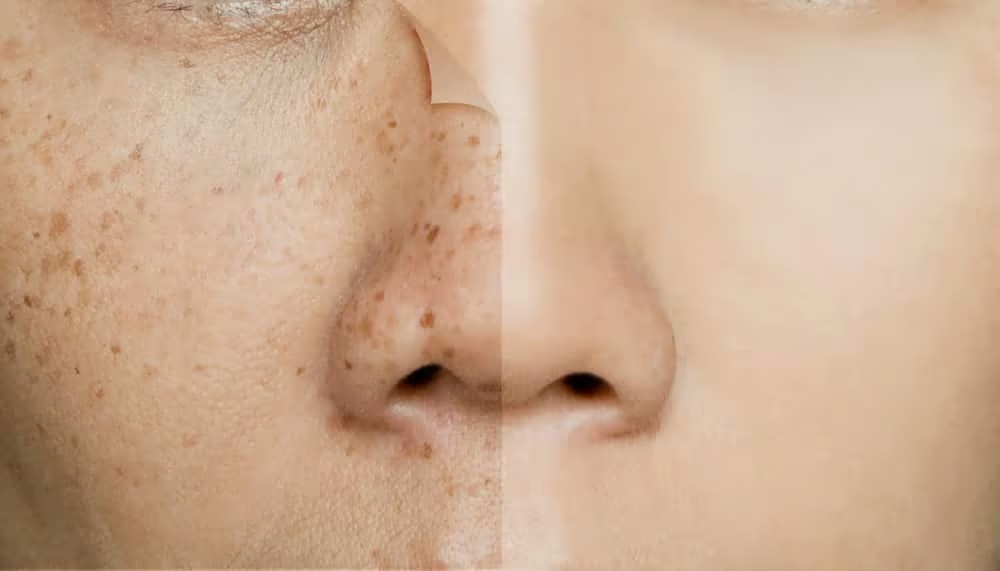Freckles are small, flat, tan, brown, or red spots that typically appear on sun-exposed skin, particularly on the face, shoulders, and arms. While some people consider freckles a charming feature, others may seek ways to reduce their appearance. Understanding the causes, types, and treatments of freckles can help individuals make informed decisions about their skin.
Causes of Freckles
Freckles are primarily caused by a combination of genetic factors and sun exposure. The skin produces melanin, a pigment that helps protect it from the harmful effects of ultraviolet (UV) radiation. When the skin is exposed to the sun, melanocytes (melanin-producing cells) increase melanin production, leading to the formation of freckles. People with fair skin have less melanin and are more prone to developing freckles.
Genetics also play a significant role in determining who gets freckles. The MC1R gene is associated with red hair and fair skin and influences melanin production. Individuals with variations in this gene are more likely to develop freckles.
Types of Freckles
There are two main types of freckles: ephelides and solar lentigines.
- Ephelides: These are the classic freckles most commonly seen on children and young adults with fair skin. They appear as small, flat, light brown or red spots that fade in the winter and darken with sun exposure in the summer. Ephelides are hereditary and become more prominent with repeated sun exposure.
- Solar Lentigines: Also known as sunspots or age spots, solar lentigines are larger, darker, and more permanent than ephelides. They usually appear in adults as a result of prolonged sun exposure over the years. Unlike ephelides, solar lentigines do not fade in the winter and are more persistent.
Treatments for Freckles
While freckles are harmless, some individuals may seek treatments to reduce their appearance for cosmetic reasons. Several treatment options are available:
- Sun Protection: The best way to prevent new freckles from forming and existing ones from darkening is by protecting the skin from the sun. Use a broad-spectrum sunscreen with an SPF of at least 30, wear protective clothing, and avoid peak sun hours.
- Topical Creams: Over-the-counter and prescription creams containing ingredients like hydroquinone, retinoids, and vitamin C can help lighten freckles. These products work by inhibiting melanin production and promoting skin cell turnover.
- Chemical Peels: Chemical peels use acids to exfoliate the skin’s outer layer, reducing the appearance of freckles. Depending on the depth of the peel, multiple sessions may be required.
- Laser Therapy: Laser treatments target melanin in the skin, breaking down the pigment and lightening freckles. This method is effective but can be expensive and may require several sessions.
- Cryotherapy: Cryotherapy involves freezing the freckles with liquid nitrogen to lighten or remove them. This freckles treatment is quick and effective but may cause temporary redness and swelling.
Conclusion
Freckles are a common skin feature influenced by genetics and sun exposure. While they are generally harmless, various treatments are available for those who wish to reduce their appearance. By understanding the causes, types, and treatments of freckles, individuals can make informed decisions about their skincare and embrace their natural beauty.


